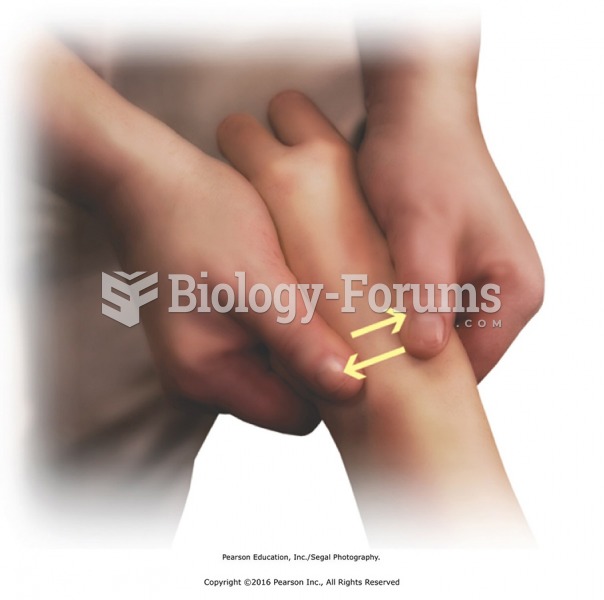This topic contains a solution. Click here to go to the answer
|
|
|
Did you know?
Egg cells are about the size of a grain of sand. They are formed inside of a female's ovaries before she is even born.
Did you know?
Throughout history, plants containing cardiac steroids have been used as heart drugs and as poisons (e.g., in arrows used in combat), emetics, and diuretics.
Did you know?
Medication errors are three times higher among children and infants than with adults.
Did you know?
If you could remove all of your skin, it would weigh up to 5 pounds.
Did you know?
Earwax has antimicrobial properties that reduce the viability of bacteria and fungus in the human ear.







